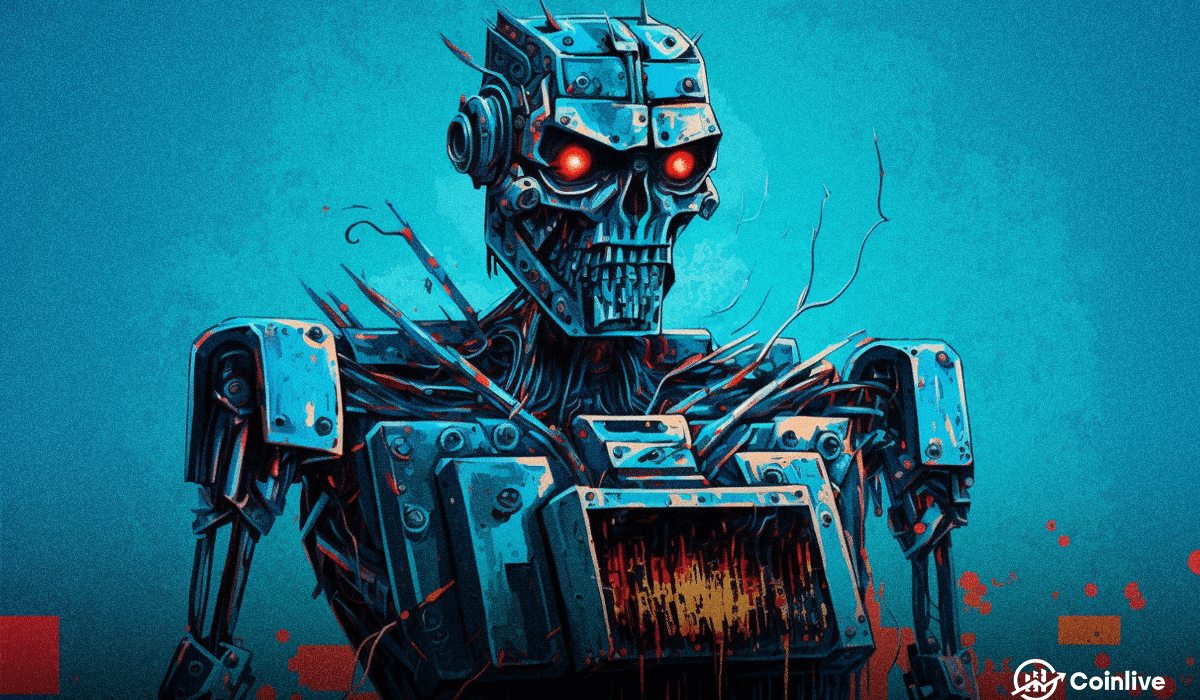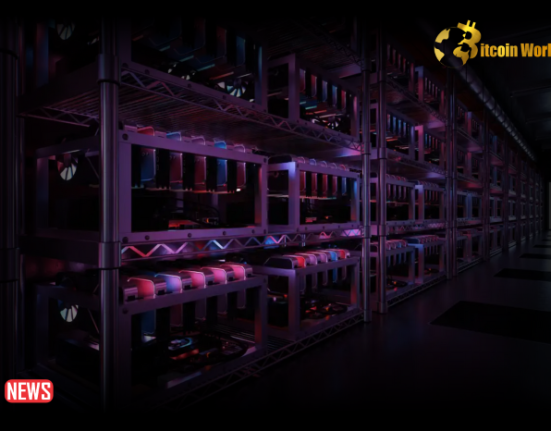Artificial Intelligence (AI) has been a buzzword for a while now; that is especially so with the advent of OpenAI’s ChatGPT. The emergence of generative AI tools has proven that AI is no longer confined to the realm of medical or academic research and the like. This new breed of AI has become more accessible than ever before, offering the potential to transform the way people work and approach daily activities. As a result, AI is not merely a viral sensation, but a revolutionary technology that individuals and businesses can leverage to enhance productivity and efficiency.
However, while some hail it as the next big thing, others see it as a threat to job security. There is a growing sense of unease among many about the future of work.
On one hand, generative AI tools have the potential to automate repetitive tasks, leading to increased productivity, cost savings, and more efficient workflows. For instance, ChatGPT can generate human-like responses to prompts or questions that are posed to it in real-time, thereby reducing the workload of customer service representatives. Similarly, MidJourney, a generative AI programme and service, generates images from prompts, which is akin to DALL-E.
But on the other hand, the rise of AI is perceived as a threat to job security. Many employees fear that their jobs may become obsolete, and they may be replaced by AI-powered machines. This fear is particularly true for low-skilled and repetitive jobs like data entry, call center work, and routine paperwork, which are more susceptible to automation.
Just over a month ago, a report by Goldman Sachs pointed out that AI could replace the equivalent of 300 million full-time jobs. It was also previously reported by BBC News that some artists’ concerns are that AI image generators could harm their employment prospects.
The future-of-work director at the Oxford Martin School, Oxford University, Carl Benedict Frey, expressed that, “The only thing I am sure of is that there is no way of knowing how many jobs will be replaced by generative AI. What ChatGPT does, for example, is allow more people with average writing skills to produce essays and articles. Journalists will therefore face more competition, which would drive down wages, unless we see a very significant increase in the demand for such work… Over the next few years, generative AI is likely to have similar effects on a broader set of creative tasks.”
Based on research cited by the report, if generative AI advances like the previous information technology, it could reduce employment in the near term.
According to a press release given to Fox News Digital, outplacement and executive coaching firm Challenger, Gray & Christmas asked ChatGPT how many workers it expects to replace and in what fields. The answer it gave was 4.8 million American jobs and it would likely replace positions that are repetitive and predictable, and ones that are steeped in language requirements.
When I input my query in ChatGPT, this was the response that it generated: “While AI and automation technologies can certainly replace some jobs that involve repetitive tasks or simple decision-making processes, they also create new job opportunities and enhance productivity and efficiency in many industries. Furthermore, many jobs involve human interaction, creativity, empathy, and critical thinking, which are currently beyond the capabilities of AI systems and are unlikely to be fully replaced by technology in the foreseeable future. Therefore, it’s more accurate to view AI and automation as tools that can augment human capabilities and improve job performance, rather than as a replacement for human workers. As such, it’s important for individuals and organisations to adapt and develop new skills and knowledge to stay competitive and thrive in a rapidly evolving job market.
Upon the rise in popularity of ChatGPT, a subtle fear that it will replace my scope was embedded in me. That was especially so after many raved about it and firsthand giving it a try. But problems arose; ChatGPT is not omniscient. Despite being trained on a vast corpus of text data and possessing access to a wide range of knowledge spanning various domains and topics, the knowledge cutoff for its training data is up to September 2021 only. So any information or events that have occurred after that date will not be reflected in ChatGPT’s knowledge.
Oftentimes, one would need to refine the prompt countless times and still, what it churns out might not be exactly what you need. There is also the need to verify any information with reliable sources before making decisions or taking action based on the answers it gives.
And with MidJourney, although it is indeed helpful in generating an image by feeding it a relevant prompt, you need to be concise with what you need and there is a chance you will need to eliminate or supplement certain texts or blend it with other images so the image it generates at the end will be ideal or at least close to what you had in mind.
With how rapidly generative AI tools are being launched, there is a cause for concern. Thousands of tech experts, leaders, and others signed an open letter published by the nonprofit Future of Life stating that AI labs should pause research on any program more powerful than ChatGPT-4. Thereafter, labs should utilize the pause to hash out “and implement a set of shared safety protocols for advanced AI design and development that are rigorously audited and overseen by independent outside experts.”
The open letter, signed by Elon Musk and Apple co-founder Steve Wozniak, pointed out that “AI systems with human-competitive intelligence can pose profound risks to society and humanity, as shown by extensive research and acknowledged by top AI labs.”
Despite some voices arguing that generative AI systems are our nemeses, that is not necessarily the case. Andrew Challenger, the senior vice president of Challenger, Gray & Christmas, said that, “…artificial intelligence should be viewed as a tool to support workers and not as a replacement for their roles. Certainly, predictive language models can be used to automate tasks, giving workers more time to focus on those involving higher thinking.”
An OpenAI spokesperson added that their mission is to “enhance jobs” with AI, not eliminate them ─ and to that I concur. Retrospectively, as with past cycles of innovation, generative AI tools have the potential to create more jobs than it eliminates. Although it is true to a certain degree that some jobs can be replaced, but there will be more new jobs in its place. Although jobs can be digitized to a certain level, it still needs the human touch or the human eye to be more specific.
Artificial intelligence is general intelligence but it does not mean sentience. To create AI that is sustainable, practical, and dependable in the long run, consistent and thoughtful human design, feedback, and interaction are crucial. It is equally important that AI systems work in collaboration with humans, rather than replacing them. Many tasks rely on human judgment, empathy, expertise, and experience, which cannot be efficiently outsourced to an application.
Ideally, AI should eliminate redundant tasks while preserving human insight. Additionally, AI can supplement and improve human capabilities, such as detecting patterns in large data sets that might otherwise take decades or even centuries of human analysis to uncover.
When asked what can be done to prevent or minimise the possibility of generative AI systems from replacing human jobs, ChatGPT listed six points:
1) Focus on developing complementary AI: Rather than developing AI systems that are designed to replace human workers, focus on developing complementary AI that can augment human skills and capabilities, improving productivity, and efficiency.
2) Invest in reskilling an upskilling: Invest in reskilling and upskilling the workforce to adapt to new technological changes and job requirements. This includes lifelong learning opportunities, training programmes, and certification courses.
3) Foster a culture of innovation: Encourage innovation and creativity in the workplace by providing a supportive environment that values experimentation, risk-taking, and learning from failures. This can help organisations stay competitive and adapt to technological changes more quickly.
4) Implement ethical AI practices: Ensure that AI systems are designed and implemented with ethical considerations in mind, such as transparency, fairness, and accountability. This includes designing AI systems that are explainable and can be audited to detect and address any biases or errors.
5) Create new job opportunities: Focus on creating new job opportunities in areas where AI and automation are less likely to replace human workers, such as creative industries, healthcare, education, and social services.
6) Engage in policy discussions: Engage in policy discussions and debates around AI and automation to ensure that the impact of technology on employment and society is carefully considered and regulated.
If faced with challenges, turn them into opportunities instead. Generative AI tools are simply means to improve human capabilities and it depends on how well we use them to increase efficiency. It is all about working together instead of working against one another. And it is no longer “HELP! AI is Taking Over My Job!”, rather, it is “YES! AI is a Great Help to My Job!”














